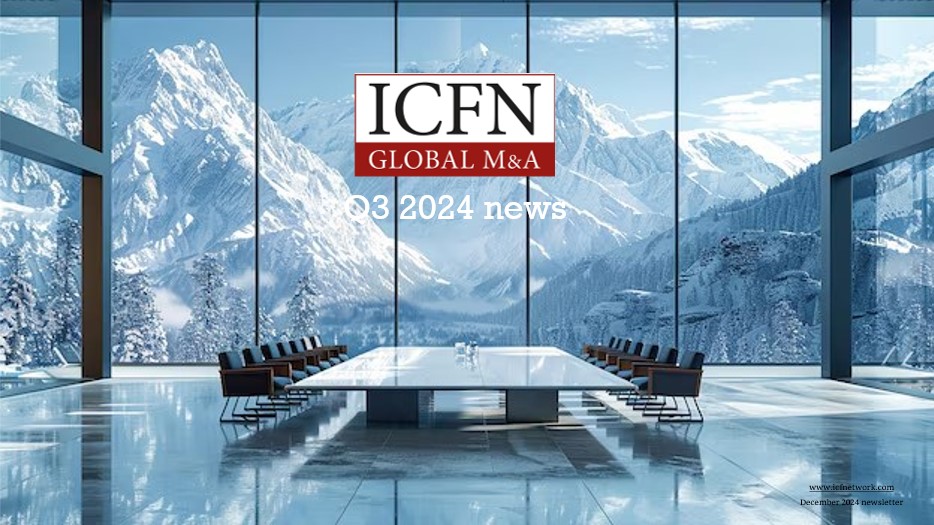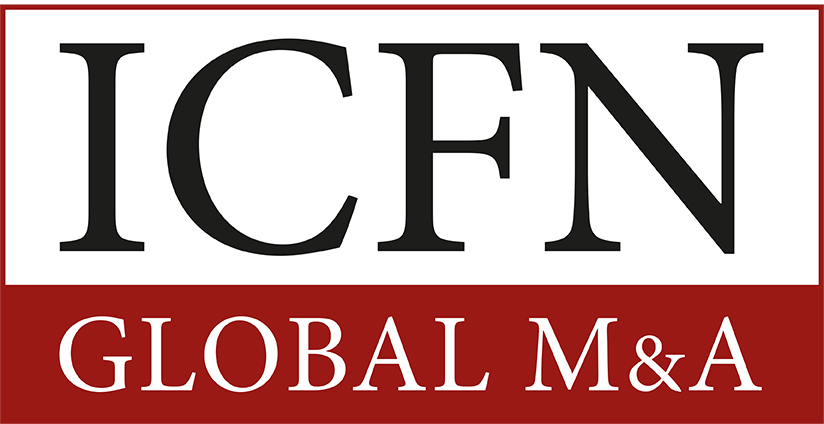3D Printing Industry boosts M&A
3D printing is set to have radical implications on manufacturing companies. With the pace of technological development in the sector, manufacturer´s sourcing practices and production strategies are entering a new dimension.
According to the 3D Printing Industry site, 3D printing market is expected to reach USD 30.19 billion by 2022, at a CAGR of 28.5% between 2016 and 2022.
3D printing is used to develop prototypes and end products in industries such as automotive, medical, aerospace, defense, dental, art, architecture, fashion designing, biomedical, jewelry, interior designing and more. Electronics, spacecraft, construction, organ transplantations, food, robotics and other industries have also started adopting the 3D printing technology. The market is expanding rapidly, and is now focusing on the production of end parts with the development of technologies and metal powdered materials.
Desktop Metal, a company that this summer raised 115 million dollars from a group of investors, including Google Ventures, epitomizes this boom. Desktop Metal’s claim to fame is that it’s platform can be used to 3D print things in metal 20 times cheaper and 100 times faster.
Desktop Metal is not the only company showing great progress. Australian Titomic’s printer can print a titanium bicycle frame in 25 minutes, a test de force that helped the company record an impressive IPO on the Australian stock market. NASA has also been working with 3D printing to make rocket parts.
As is often the case, new technological solutions and advances have led to M&A activity. The driving factors behind the increase in M&A activities include the need to increase scale, substantial growth of startup companies, the intense competition, and the need for companies to improve their technology, product, and services portfolio.
GE’s acquisitions of Arcam and SLM Solutions, worth a combined 1,4 billion, is the start to M&A good times for 3D printing.
Other large companies are making similar acquisitions: Siemens, acquired Material Solutions and HP bought David Vision Systems, pointing out a target to establish itself as a producer of 3D printers that can print objects in metal.
In the start-up landscape, CB Insights data shows that funding activity is also on the rise, with Ultimaker picking up 17 millions and Carbon 3D 81 millions of dollars.
The race for competition in the market will still intensify in an extraordinary way, making new products and innovations lead to an increase in product/service extensions, which in turn will boost M&A activity in the sector.




